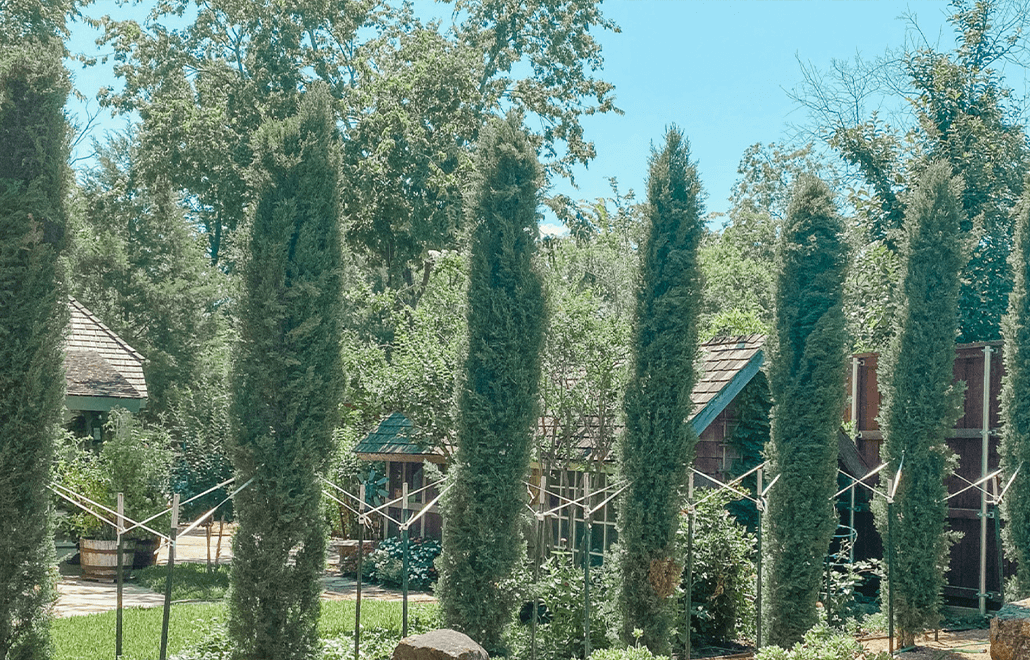
04 Apr The Art of Tree Trimming: Techniques for Healthy Growth
Trees are not just silent spectators of nature; they are living organisms that require care and attention to thrive. One essential aspect of tree care is tree trimming, a practice that involves removing specific branches to promote healthy growth and maintain tree structure. Arborists employ various techniques to ensure that trees remain strong, resilient, and aesthetically pleasing. In this blog, we delve into the art of tree trimming and explore the techniques used by arborists to foster healthy tree growth.
Proper pruning cuts are fundamental to the health and longevity of trees. When performed correctly, pruning cuts promote rapid wound closure and reduce the risk of disease and decay. Arborists are trained to make precise cuts that minimize damage to the tree and encourage new growth. By removing dead, diseased, or crossing branches, arborists improve air circulation and sunlight penetration, which are crucial for overall tree health.
Crown thinning is another essential technique used in tree trimming. This process involves selectively removing branches within the tree’s crown to reduce density without altering its overall shape. Crown thinning improves light penetration and air movement throughout the canopy, reducing the risk of fungal growth and improving tree aesthetics. Additionally, it helps prevent storm damage by reducing wind resistance and the likelihood of branch failure.
Crown raising focuses on lifting the lower branches of a tree to provide clearance for structures, pedestrians, or vehicles underneath. By raising the canopy, arborists create space and visibility while maintaining the tree’s natural form. This technique is particularly useful for urban environments where space is limited, and trees must coexist with infrastructure.
Identifying when trees require trimming is essential for maintaining their health and appearance. Signs that a tree may need trimming include dead or hanging branches, crowded canopies, and branches obstructing pathways or structures. Regular inspection by trained arborists can help identify potential hazards and address them before they become serious issues.
While some homeowners may attempt DIY tree trimming, hiring professional arborists offers numerous benefits. Arborists have the expertise, experience, and equipment necessary to safely and effectively trim trees of all sizes and species. They understand the biology of trees and can tailor their trimming techniques to promote optimal growth and vitality.
In conclusion, tree trimming is an art form that requires skill, precision, and knowledge of tree biology. By employing techniques such as proper pruning cuts, crown thinning, and crown raising, arborists can enhance tree aesthetics, improve air circulation, and promote healthy growth. Regular tree trimming, performed by professional arborists, is essential for maintaining the health and beauty of our urban forests. Trusting the care of your trees to knowledgeable professionals ensures their longevity and vitality for generations to come.

